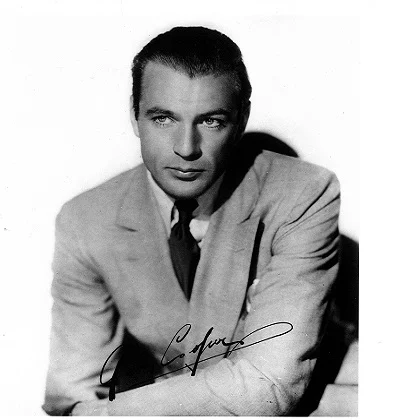Blowing Wild
Directed by Hugo Fregonese
Gary Cooper – Jeff Dawson
In South America, when Jeff Dawson and Dutch Peterson's oil rigs are dynamited by local bandits, the two partners resort to risky transportation of nitroglycerin to raise money.
Also starring Barbara Stanwyck, Ruth Roman, Anthony Quinn and Ward Bond.
During filming Gary Cooper won his second Oscar for High Noon, while Anthony Quinn won his first Oscar for Viva Zapata!










